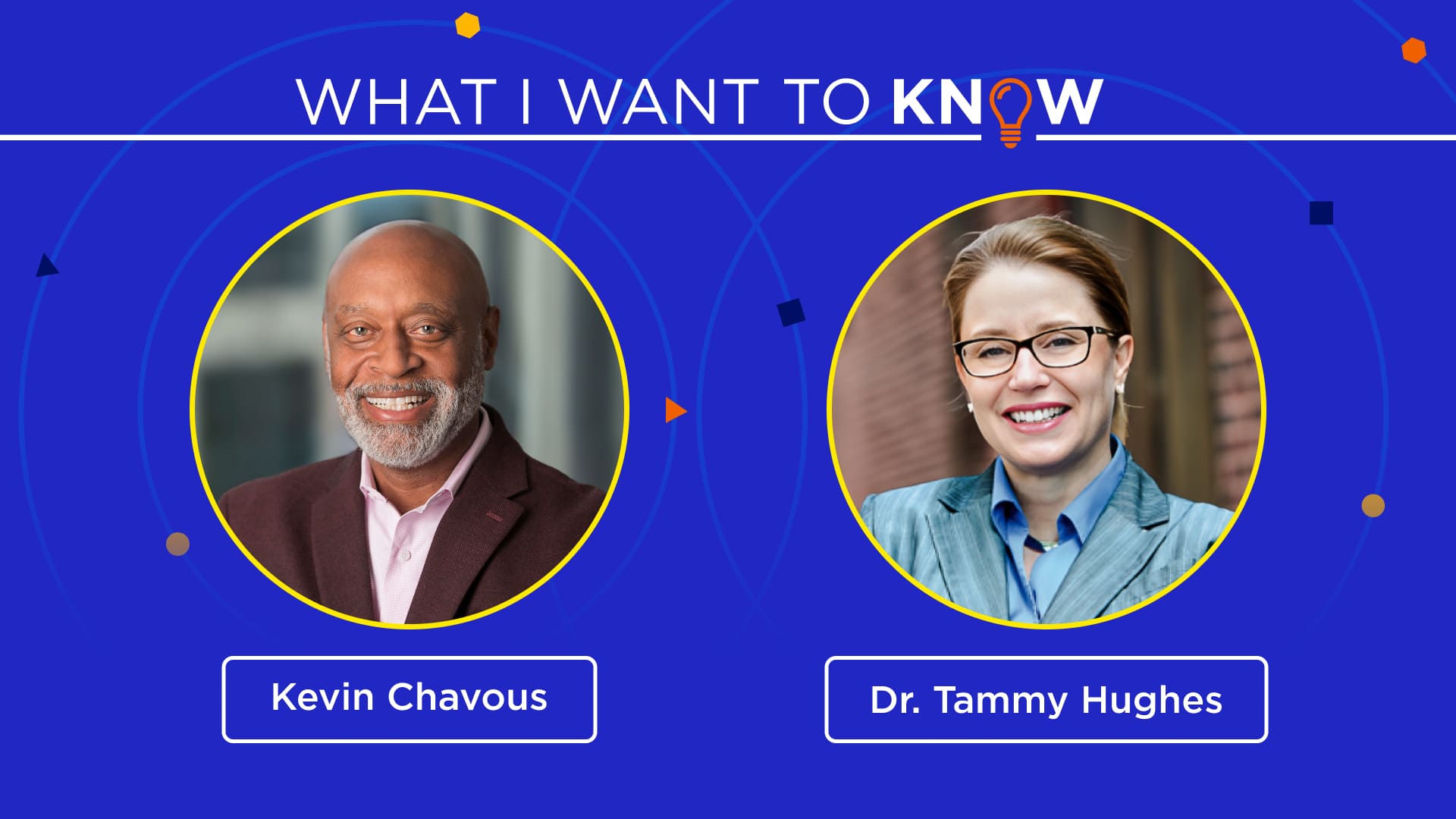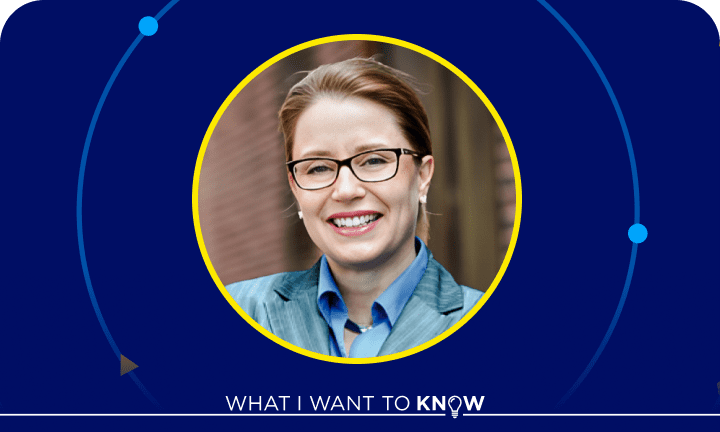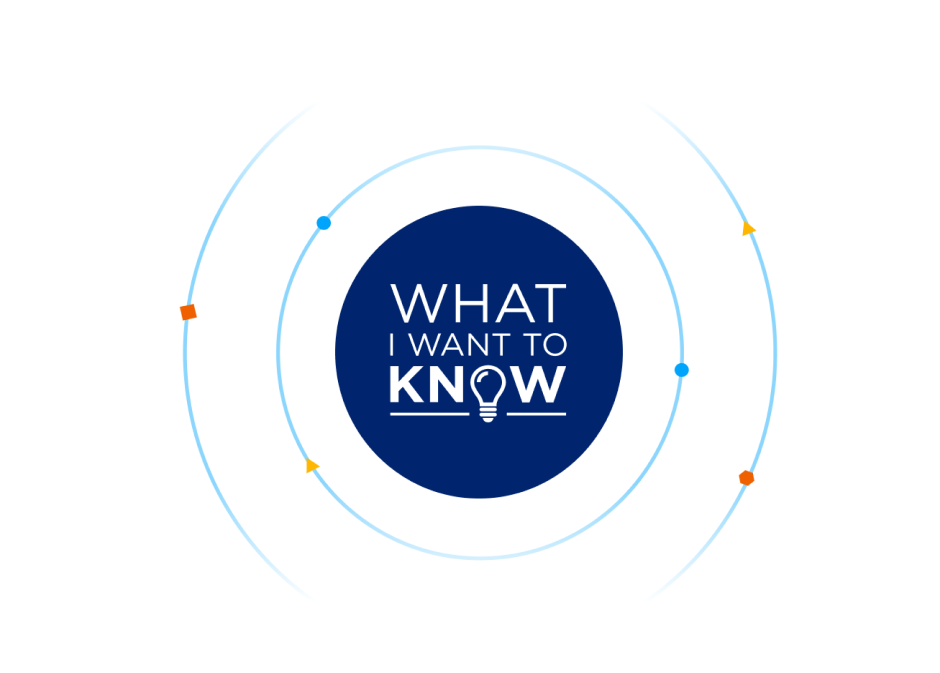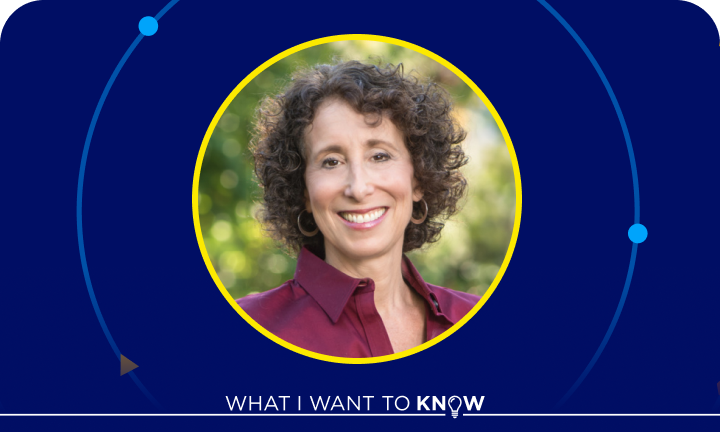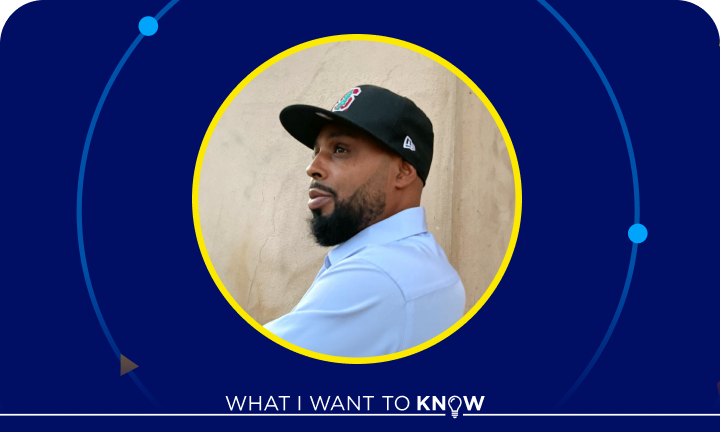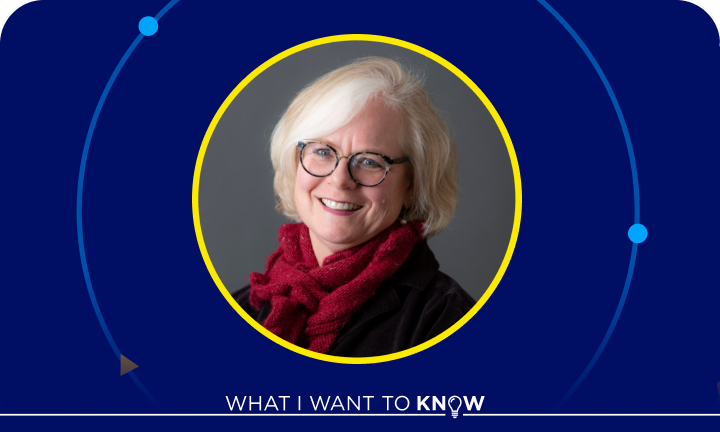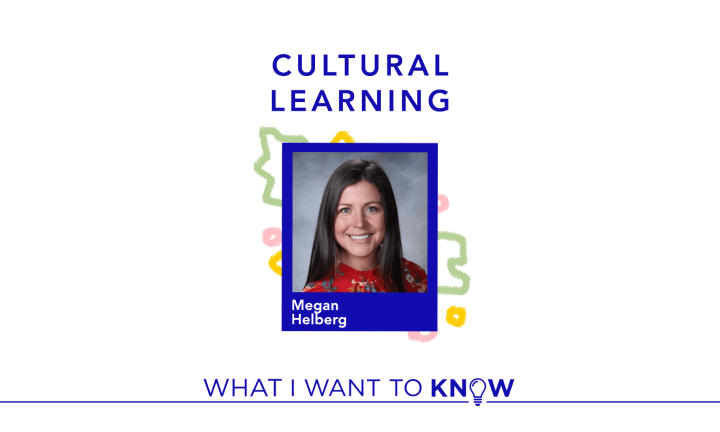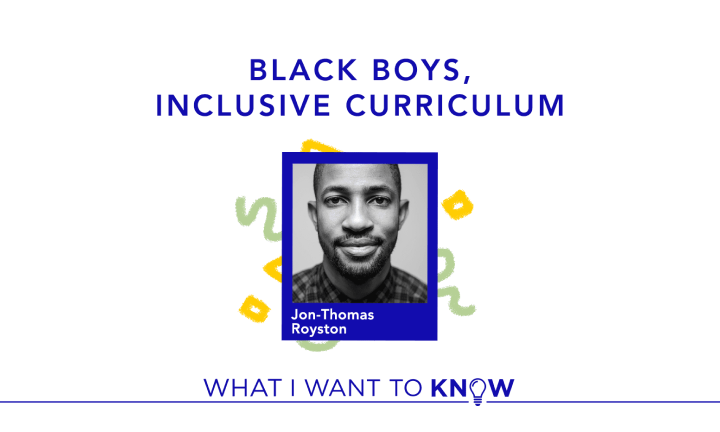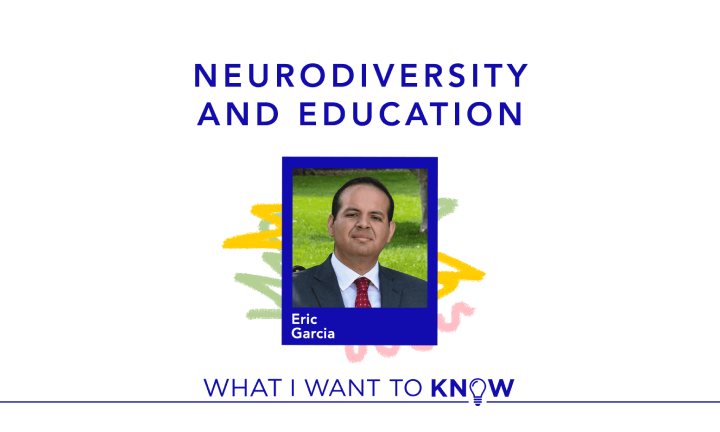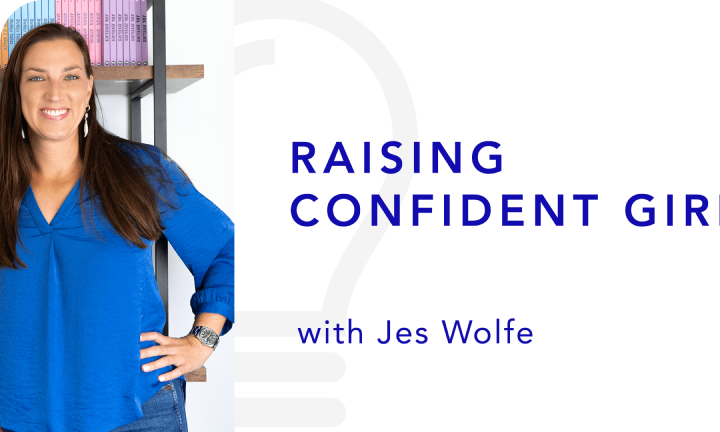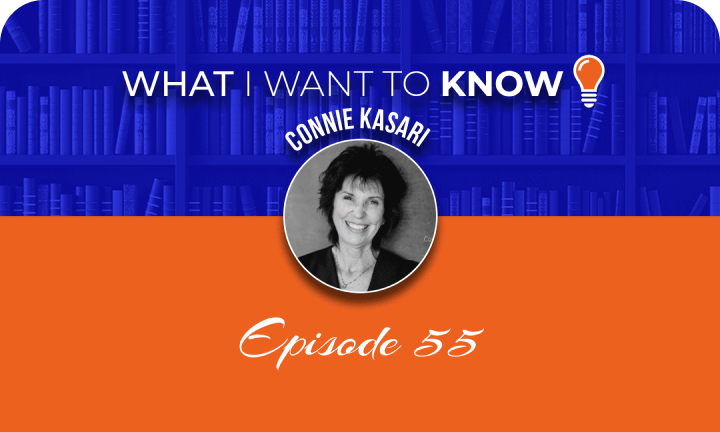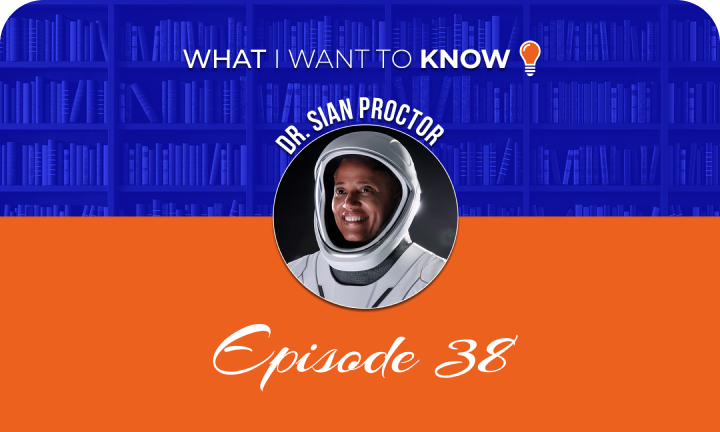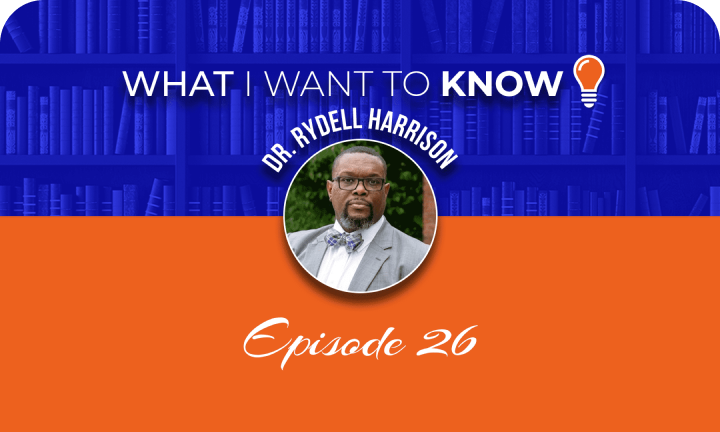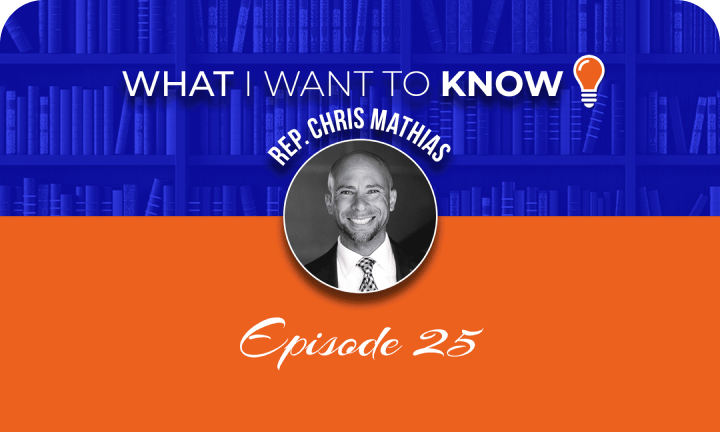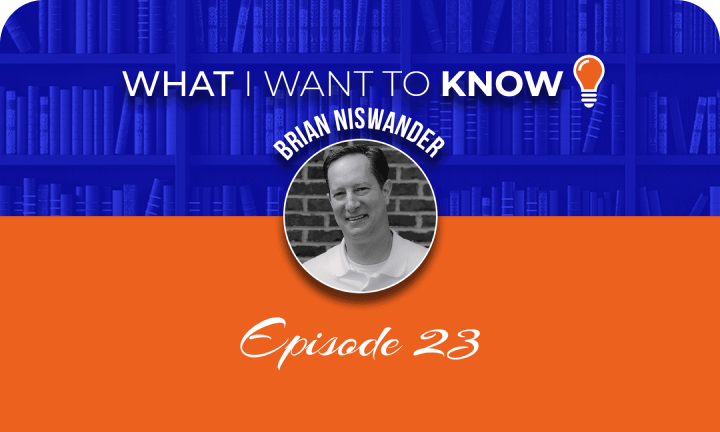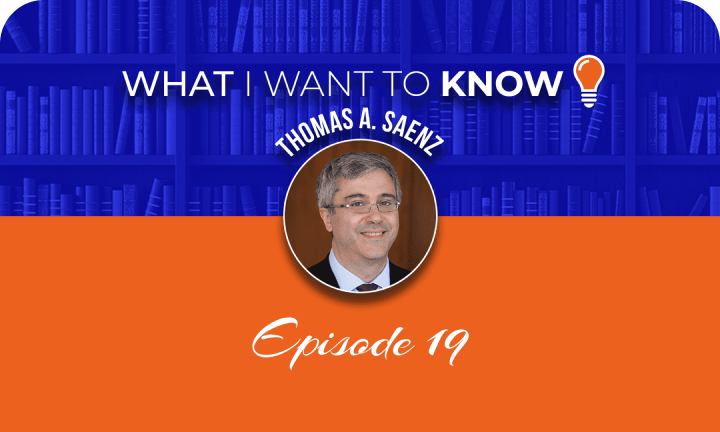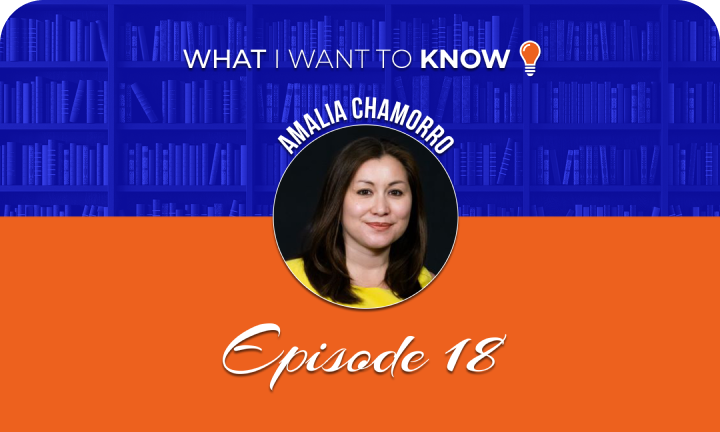May 15, 2024
EP. 154: What can teachers and school leaders do to combat the school-to-prison pipeline?
Studies show that almost 3 million public school students receive one or more out-of-school suspensions every year, while more than 100,000 students are expelled.
Along with doing little to reduce children’s misconduct, one out-of-school suspension increases a child’s chance of dropping out of school. And it increases their chances of entering the juvenile justice system.
How can we keep students out of the school-to-prison pipeline? How can trauma-informed teaching benefit students and schools? And what can we do to help schools address the needs of youth?
In this episode, Dr. Tammy Hughes joins Kevin to discuss what teachers and school leaders can do to combat the school-to-prison pipeline.
Listen on: Apple Podcast, Spotify
Meet Tammy
Dr. Tammy Hughes is a school psychologist and professor.
She has devoted her life’s work to keeping kids in school and out of jail.
Kevin: Studies show that every school year almost 3 million public school students receive one or more out-of-school suspensions, while more than 100,000 students are expelled. Along with doing little to reduce children’s misconduct, one out-of-school suspension increases a child’s chance of dropping out of school. It also increases their chances of entering the juvenile justice system.
How can we keep students out of the school-to-prison pipeline? How can trauma-informed teaching benefit students and schools? And what can we do to help schools address the needs of today’s youth? This is “What I Want to Know.” And today, I’m joined by Dr. Tammy Hughes to find out.
Dr. Tammy Hughes is a school psychologist and professor. She has devoted her life’s work to keeping kids in school and out of jail. She joins us today to discuss what teachers and school leaders can do to combat the school-to-prison pipeline. Tammy, welcome to the show.
Tammy: Thank you so much for having me.
Kevin: Your work is inspiring. It’s become your life’s work to deal with, in one sense, a school-to-prison pipeline. But I really want to hear about your journey, to begin with, how you got to this place and how you found this passion related to your work.
Tammy: You know, so I’m a school psychologist and a licensed psychologist and board-certified in school psychology. But my interest started in clinical psych and/or so I thought, because I hadn’t heard of school psychology. And I worked at a state hospital in San Antonio during my schooling. And with one of my mentors, he did testing at schools. And I thought, “Well, isn’t this amazing? We can reach kids in their natural habitat and help them before they end up here at the state hospital or in other kinds of systems that kind of swallow people in and they have a hard time getting out of.”
And so I finished up my master’s and moved over into school psych and said, you know, prevention is really what we need to think about when we’re thinking about the next generation of kids. And so that brought me to being a person in the schools that actually liked what we call deep end kids. So I was always very interested in them. And then I started working at a clinic here at the university that does what we call holistic legal representation. And what that means is when there’s legal issues before the court, what we do is we kind of wrap around the kid and say what brought them here. Yes, they have a legal matter, but really, where are the holes? Where are they falling through the cracks?
And so that includes a psychologist, school psychologist. It includes a social worker and an attorney. We work on these teams. And so I do most of the work, obviously, around education and helping schools to understand what helps kids to be successful, particularly the kids that they may find difficult, that they may find that is a mismatch between their expectations and the kids’ life experiences. And so that’s how I got into juvenile justice work. And, of course, unfortunately, the school-to-prison pipeline is unfortunately thriving due to a lot of policy and procedure matters. So I do a lot of work on the policy level as well.
Kevin: You know, there’s a lot you said I want to unpack because there are many layers to this. I do feel compelled, though, to ask you about your journey prior to becoming a psychologist. Did you always know you wanted to be a psychologist?
Tammy: No.
Kevin: And one of the reasons why I asked, Tammy, my wife is a psychologist.
Tammy: Oh, okay.
Kevin: You know, just like she probes me about things, I like trying to figure out, you know, where does this come from?
Tammy: Yeah. Turnabout is fair play. I agree.
Kevin: That’s right. And you’re the guinea pig today, so.
Tammy: Okay. I’m all for it. So I’ll tell you. I’m from El Paso, Texas, and I very much have always been aware of the disparities in education opportunities, health care, just growing up. And of course, many of my friends were Mexican, and some were Mexican-American. And so I’ve always been sensitive to that. And my mother was a preschool teacher and a director. And my sister is a middle school math teacher, and now she’s a principal and dean of students kind of person.
And so education has always been very, very important to me. And I’ve understood that education is the opportunity for positive life-course outcomes. And I’ve seen that with my friends, and I’ve seen it growing up. But also, where I’m from, I’m aware of, you know, the disparities in opportunities for kids. And so that’s sort of what brings me to my passion and my profound interest in understanding where people are from rather than how we all think they must be.
Kevin: Yeah. You know, it’s interesting. I’m very much aware of the way the juvenile justice system, though it dates back many, many years. You know, when I got out of law school, I was with the public defender service in D.C., and the first thing they do with young attorneys is they assign us to juvenile court. And for a young lawyer fresh out of school and full of optimism and hope about, you know, the system, I’m struck by what you said, and I learned this firsthand, it’s so easy for these juveniles, particularly who come from marginalized communities or fractured families or challenged backgrounds, to be swallowed in by the system, you said, and find it hard to get out.
It’s a lovely quote, but it’s not a lovely reality. And I saw that firsthand that just through a stumble, a kid could find itself caught up in the system, and then they can’t get out. And what you have said is sometimes getting swallowed in the system isn’t through a crime. But in one of your articles, you gave the example talking about school suspensions and expulsions. One example just was so stark to me, a girl working on a science fair project, and she was putting some chemicals together, and they exploded. And she was charged with a crime. And, you know, it’s so easy . . . Talk a little bit about when we talk about the school-to-prison pipeline, I think a lot of people will be surprised that the starting point seems to be the inconsistencies in how kids are even treated in their school environment for honest mistakes or things that definitely don’t have any criminal intent.
Tammy: Right. So you brought up, I’ll just add preschool-to-prison pipeline. Our youngest child in the clinic right now is 4, and he’s been expelled from his preschool, and we see younger and younger kids. In that case, you know, if that was a little white boy, they would say, “Oh, my god, let’s take him into physics. How did he get so smart to figure out this volcano?” You know. So that’s a salient example.
But I would like to say what I think people miss is kids who are black and brown and kids with disabilities are criminalized for what I would call everyday typical behaviors. And we know it’s true because, well, there’s a million sets of data that show that it’s true. But when we think of our own background, right, and I can think of my privilege, and I can think of my history and all kinds of things I did as a small child, where you get a talking to, or you get let off by the police, or what have you. So people understand that intuitively that they may have made mistakes. And that’s why there’s this strange assumption that kids who are black and brown are actually more violent or more aggressive, and that’s not true. The data clearly shows that’s not true.
But back to your question specifically, and, you know, you can see it in the headlines today uniform violations. There’s a Texas case related to a hair violation for criminalizing that. But even basic interactions .You know, principals will call me about a school fight, and it makes me laugh. There’s school fights, I assure you, all over the country. Today, right now, as we’re speaking, there’s a school fight in a high school. So the idea that a kid was in a fight is somehow more problematic. In a lot of our states and my state, here in Pennsylvania, teachers are a protected population, as they should be. But if you get a teacher that’s breaking up a school fight and that teacher gets hit, that’s a felony here.
And so what was a school fight amongst kids in the locker area somehow becomes a felony charge. And that gives the impression . . . When I moved here, from Arizona, I went to school in Arizona. When I moved here, I thought, “Oh, my god, all of these kids have felonies. What’s going on?” And it’s really just the way the law is set up. It’s not that the behaviors are any different, but that the law is set up. And so there’s a lot of these sort of tentacles that keep you in the system, that keep you connected. And there’s a lot of paths in and very few pathways out.
Kevin: Yeah. Let’s data set on this issue because I talked about my experience 20, 30, whatever, 40, I can’t remember the years. I stopped counting, but I can talk about my experience understanding the juvenile system and some of these same things were happening back then. And you’re recounting, and I’m aware that some of the same things are happening even today. Are things getting better from a data point of view, or are they getting worse, or is it the same? Because it seems to me so many of the things you alluded to, kids trying to participate in a science fair, they happen to be a kid of color or disabled, it blows up. They get charged with felony. Typical white kid, you know, we’re going to put you in a science fair.
You know, four-year-olds, five-year-olds being led out of school in handcuffs because a new teacher who’s never dealt with kids from the hood or the barrio doesn’t know how to deal with the trauma that these kids bring to the classroom and they call the police. The kids get arrested. The record stays for them. Are things actually getting worse? Can you talk about it from a data point of view? Because a lot of this stuff seems to be, you know, should suggest common sense fixes, but I get the sense in the sort of the tension field, volatile political, and, you know, tribal-centered environment we’re in, some of it may be getting worse.
Tammy: Well, certainly, the ’90s brought in zero tolerance policies, which parents usually know about. They’re in a handbook that says your kid cannot do X, Y, and Z. They originally started around bringing a gun to school, a weapon to school. But what’s changed is the expansion of what a weapon means. And I’m sure your listeners have heard about silly things where a kindergartener comes dressed as a fireman and has a little toy axe, and he gets, you know, suspended from school.
And so the expansion of policies has definitely continued. So, for example, a girl who has a history of sexual assault is given mace at her counseling placement and then has to take the bus home after school, public bus, the city bus. And so she has her mace with her for her travel. That might be an example of the expansion of what is a weapon. Is mace a weapon? Some states have dealt with that directly. Some states have not. And so there’s this inching out, this increase of what these sort of policies were meant to address. So that has definitely continued. What’s interesting is crime is actually down.
Kevin: Down, yes.
Tammy: And the perception of crime continues to be a mismatch between what’s happening with kids. So that is certainly . . .
Kevin: But are expulsions and suspensions down?
Tammy: No.
Kevin: No, they’re not.
Tammy: Right. They’re not. And in fact, the use of these policies and other policies, frankly, continue to expand. And if you look at the data on the increase of school police officers and school SROs, one thing we see is if you’re in a marginalized neighborhood, lots of black and brown kids, you’re more likely to have police officers. But even in all of our schools, the idea that there is somebody else there dealing with disciplinary matters and overuse and over-policing and over-criminalizing, we continue to see that increase. And in fact, even our current grants to schools that are post-COVID that increase the number of mental health professionals also increase the number of school resource officers and school police officers.
So there’s this very strange tension where on the one hand, we want school to be this positive place where learning occurs and learning is a safe place. But also, if you misbehave, we will use law enforcement for correction rather than an instructional method.
Kevin: You’re right. It does come down to what’s happening on the ground, and that speaks to another issue school should do, but they have a hard time doing anyway, and that is the training of teachers, training of staff, how they place teachers. I gave the example of a young teacher fresh out of ed schools, you know, comes from a privileged background, thrown in an inner-city environment and in a classroom with some more challenged kids, hasn’t had trauma-informed training, any of that stuff. It seems like that there are these kinds of things that schools could be doing, and where does that stand?
Tammy: Well, that has moved very, very slowly. So one of the challenges I’ll say is people who become teachers, and these are smart, busy people, but people who become teachers are good at the game we call school, right? They’re so good at it they decided to have a job in it. Principals and everybody else. So their vision of school is this beautiful place where rules are meted out fairly, and all you have to do is try. And it’s really just a matter of showing up and doing your best. And the truth of the matter is that’s not the kids that need the most help. And so there is a strong mismatch between their experience of school and the child’s experience.
And this is very salient when we look at the idea of school safety, because what teachers and adults think make the building safe is not what children, particularly children of color think makes a school safe. And so it’s really in this mismatch that we need to deal with the training. Certainly trauma-informed training is very important. And in fact, the reason it’s important is, at some point, you have to say, “This is how we’re going to treat kids, no matter what your gut feeling says,” right? So there’s here are the policies and procedures, and here’s how we’re going to implement them. But really, what we need and hope is for people to have a significant understanding of what populations go through that are not them. And that’s very hard. You have to give people experiences.
And so what teacher training needs is for their folks to do rotations through inner city schools, through schools that are complicated. Going back to the same school that you came from only reinforces what you already know, right? And so that doesn’t expand your mindset. And that’s what we really need is an expansion of a mindset, again, that curiosity. How does the world work for you? Not I know what schools are like. And that’s education anyway, right? Education is I’m the lady at the front of the room, and if I say it’s true, it is, right?
Kevin: So talk about what else you see that schools could do to at least put a dent in what leads to the school-to-prison pipeline.
Tammy: I think the most important change is policy and procedures, honestly. I certainly think training leads to goodwill, and I think training is important. But when you have policies that say, no, you can’t suspend kids, let’s say, K-2, just take it off the table. Now, all of a sudden, we have to think of . . .
Kevin: You’ve got to deal with it.
Tammy: Yeah. Right? And I would push that all the way up. The more we suspend kids, the more they’re out of school, the less well they’re going to do in school, and the more likely they are to drop out. And dropping out is related to all kinds of negative life course outcomes, drug use, teen pregnancy, unemployment, underemployment, you know, the whole list that we know of.
So our job should be, how do we keep kids in school? That’s our job. And frankly, related to the use of police in school, SROs, they should be outward facing. What we see instead is the use of officers inward facing, right? So kids are going through metal detectors. They have to have clear backpacks. They’re treating the children like they are the problem.
Kevin: Like criminals.
Tammy: Yeah. And I’m talking about little, tiny baby children. And so the idea that educators seed their instruction around discipline to the police, that this is a matter that requires law enforcement, I think should feel outrageous not only to parents, but to educators themselves. That’s what they’re for.
Kevin: You know, you’re a psychologist. Isn’t it so psychologically harmful for kids to be introduced to being treated that way at such a young age? It almost, to me, beyond just the suspensions to the expulsions, the psychological mindset that you’re imprinting on a kid is they’re a criminal. They’re a bad person. They need to be, you know, regulated. They need to be handled a certain way. It almost becomes a fait accompli that a kid is going to end up with some negative outcomes.
Tammy: Well, that’s right. I mean, the idea is you already think this about me anyway, right? So I’ve already lost. I mean, I’ve seen SROs say things. You know, one good thing is the videos in the schools are very instructive, you know. But they’ll think a kid has taken something, and they’ll confront him. He doesn’t have it, and they’ll say, “Okay, not this time. But got my eye on you.” “Sure, I didn’t get you now, but I’ll get you because I know who you are. I know you’re a criminal at heart.” And the kid is like . . .
Kevin: I know your type.
Tammy: Yes, I know where you’re going. And that’s very hard to break out of, right? And then, of course, teachers’ lounge and everybody sharing, and then elementary shares to middle school, middle school shares to high school, and on and on and on. You know, it follows him when he didn’t even do anything wrong, ever. That idea of deferring education to a different type of system, I think, is very problematic.
Kevin: Let me ask you this, Tammy. Are there examples of schools or school districts that are starting to get it right, that have actually made some adjustments and that has led to better outcomes and, you know, less of the criminalizing mindset that we’re talking about?
Tammy: Yes. There’s several, actually, school models out there. There’s a community in schools model. There’s the freedom schools model that embrace their community. But I tell you, it’s the mindset of the faculty and staff. The model is important, having policies and procedures that don’t push people out, but our regular schools today could do that. If they said, “You know what? These are all our kids, and we’re going to help everybody here, and we’re going to figure out how to do that.” There would be so much [inaudible 00:24:22].
Kevin: And there are a handful of schools and a handful of charter schools that do that, but across the board, the negative connotations with that mindset still exists. How do we change that from a cultural point of view? I mean, people talk about ed schools and, you know, reshaping the approach to training teachers or educating them even before they get certified when they’re in these education schools. They go through some of these rotations. There’s more culture awareness, you know, that’s embedded in the curriculum. You talk about the rotations that should happen afterwards. But even with superintendents and principals, a lot of folks, you talk about institutionally getting systematized as a criminal, I think that some of the folks in education get institutionally systematized in the way the system is supposed to work.
Tammy: I couldn’t agree with you more. I mean, our system is based on 1950s, you know, widget-making. We have every hour on the hour. We just put little kids through, like, systems, and we say and at the end of the day, you’re going to, you know, be a high school graduate. And I think there’s a . . . Our ideas are very, very old. They have not morphed. I think the principals and superintendents that I know, and I’ve seen this across the country, you probably have too, are highly influenced by school boards and a lot of the sort of crazy making that’s happening . . .
Kevin: The politics.
Tammy: . . . the politics that spill into schools. And so that has not been helpful at all. But I do think they are getting a sense of how community norms can . . . It’s almost like they’re getting harassed, to use a loose term, in a way that our kids always get harassed, right? They’re like, “Wow, these people complain all the time.” I’m like, “Yeah.”
Kevin: And COVID exacerbated that, like we said. I mean, COVID, you know, allowed parents to look under, you know, the camel’s tent and saw the good, bad, and ugly. And now, some of those parents are on school boards. They’ve got their own issue. It could be the book banning issue. It could be the, you know, diversity, whatever. But now parents and, you know, the activists are asserting themselves, and a lot of school leaders are on their heels. But at the end of the day, if the mindset is to sort of everyone wraps their arm around every child in a holistic nurturing way and says, “You’re going to be successful. You’re valued. You’re being seen. You’re being heard.” That kind of approach, I think, in my humble opinion, reaps significant dividends that can almost address those other concerns that are out there because we’re not doing that.
Tammy: I agree. I mean, if we treated every kid as our kid, right, that the idea that we can get rid of kids, whether it’s through suspension, expulsion, alternative education, justice education, there’s this whole idea that, “I don’t have to have him.” It’s usually him, but sometimes girls too. If we could change that to, “Of course, I want to help him because he’s in my community and he’s important to me,” that mindset would go a very long way.
Kevin: Let me ask you this, Tammy. We’ve been talking a lot about things from the school perspective, and this is, you know, the last question I want to ask you. It’s what I really want to know is, what about the parents? Let’s say you’re a parent of one of these children who’s been marginalized or stigmatized. You have a child that’s disabled or, you know, in a minority community. And it’s starting. You’re a parent of a five-year-old that’s been suspended or a parent of a middle schooler who has had a couple of run-ins, and you can sort of feel what’s going on. But oftentimes, those parents are at a loss because they feel powerless, and they don’t have access to, you know, the power centers, if you will. So what advice would you give to parents who feel like their children may be on the verge of being caught up in this sort of incredible web of the school-to-prison pipeline?
Tammy: That’s actually why we started our clinic, which is free, by the way. We take education only and delinquency cases. So the first thing I would say, and this really started with a mom that we knew who . . . Here in Pennsylvania, you can start charging kids at the age of 10. And this kid was 9, had a history of PTSD, and she started coming to us saying, “Look at what, how they’re writing.” The same behavior. She said the same behavior. Look at how they’re describing it. Look at how they’re describing it. And you could just see them sort of ramping up for what was . . .
Kevin: Waiting for the kid to turn 10.
Tammy: Right. We’re like, “Oh, she’s close.” So the first thing is it’s multifaceted. One, we need to make sure there are parent groups that can advocate and help clarify what kids’ rights are, what schools need to be doing, how to come together. That happens in a lot of communities. It often happens disability specific. So the autism community, for example, has a lot of support. But when we’re just thinking about community leadership, that’s very important. Making sure that you can access education advocates, that tends to be happening in every city. However, I’ll say people don’t know they need an advocate until they’re down the road.
A lot of parents I meet with, they’ll get a call from the principal, and they’re like, “Yeah, he shouldn’t have done that. We’re going to show up and be on the same team.” And then the principal is like, “Your kid’s expelled.” And they’re like, “What? He’s never been in trouble his whole life.” So then they don’t know what information they needed before they came.
Now, I’m going to put in a plug in for the PD’s office. So, at our clinic, we work very close with our public defender’s office, and they’ve actually hired an educational attorney to deal with actually the summary citations and the school side of the delinquency matters. And that is a model I would like to see everywhere, where we acknowledge that if kids are coming to court, kids spend their day, right? One of the main conditions of probation is attend school daily. So if you have attend school daily on there, whether it’s your PD or in other states, the probation can deal with it. But the idea that the law enforcement, if you’re going to be meting out conditions for folks, you need to be supporting people as well.
And those are the kinds of folks that can do know your rights, go out into communities, which is what we do. We go out and do, we do workshops that are knowledge based, and then we also do we call them pop-up clinics where people can show up and say, “My kid has an IEP. Here’s what it said. I don’t know what to do.” And, you know, those sorts of free services. I have all kinds of ideas of services to offer, but that’s what I would say parents should look for and they should insist on it. And they should not feel that it’s their job to know what the school is supposed to do. You know, I don’t know what my mechanic is supposed to do. But what we need to have is an opportunity and an insistence that people are told what their rights are and that we help people stick to them and for the best of our kids, right?
Kevin: Yeah. And to your point, though, Tammy, I also will say to parents out there, trust the system only so much.
Tammy: Trust, but verify.
Kevin: Trust but verify, because it’s your child. And if it doesn’t feel right, chances are it’s not right.
Tammy: Get somebody that’ll go with you, right, because when you go to a school meeting, there’s a cast of thousands there. And, you know, you’re standing alone, and you don’t want to stand alone. You want to have not people who are going to sit there. Just like when you go to the doctor and, you know, you get a diagnosis and you have your friend there to, like, hear what the doctor said and not just, you know, the results. That’s what you want. You want somebody there that can hear what’s happening with you.
Kevin: Well, the good news, because of your work, many children are not standing alone. So we appreciate what you do. And Tammy Hughes, thank you again for joining us on “What I Want to Know.”
Tammy: Thank you so much. Thanks for having me.
Kevin: Thanks for listening to “What I Want to Know.” Be sure to follow and subscribe to the show on Apple Podcasts, Spotify, or your favorite podcast app so you can explore other episodes and dive into our discussions on the future of education. And write a review of the show. I also encourage you to join the conversation and let me know what you want to know using #WIWTK on social media. That’s #WIWTK.
For more information on Stride and online education, visit stridelearning.com. I’m your host, Kevin P. Chavous. Thank you for joining “What I Want to Know.”
About the Show
Education is undergoing a dramatic shift, creating an opportunity to transform how we serve learners of all ages. Kevin P. Chavous turns to innovators across education, workforce development, and more to ask: “How can we do better?”
Related Podcasts
Listen to more podcasts about this topic.
Featured Resources
Discover more resources that address the topics impacting students, families, and educators today.
